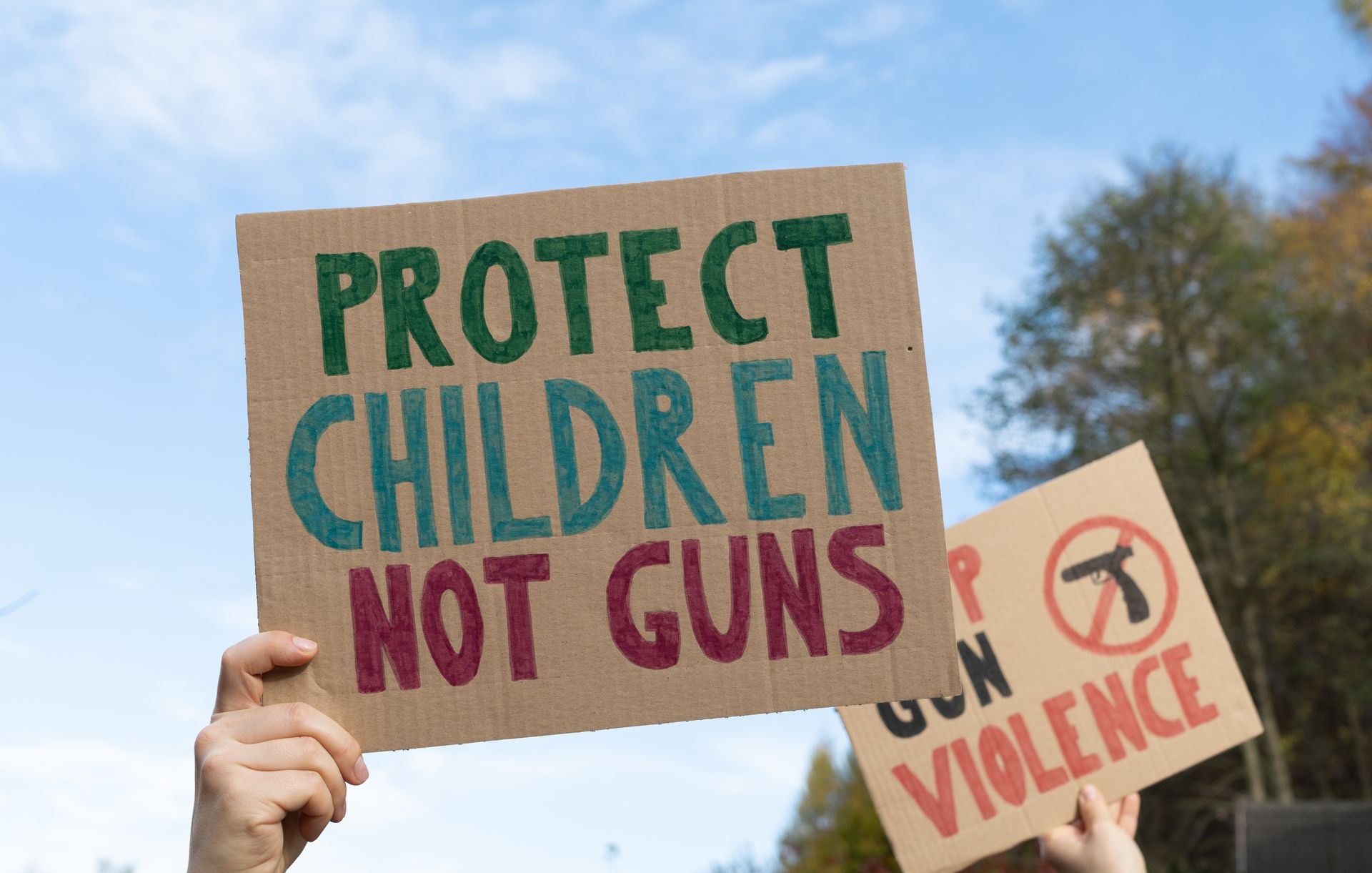
Skills Needed for Youth Empowerment
Positive Sense of Self
Self-Control
Decision-Making Skills
A Moral System of Belief
Pro-Social Connectedness
What is youth empowerment?
Youth empowerment is rooted in the notion that young people can accomplish incredible things. When young people experience inspiring ideas and life-changing opportunities and the tools that build their confidence – they can take on anything and everything.
Empowered young people recognize their capabilities, self-determination and worth. They feel capable trying new things. They have the confidence to take risks and are aware that failure is a step toward progress, not a reason to give up. They don’t use the opinions of others as their guideposts in life. Empowered youth stand up for their values. And they know they have built a foundation of self-empowerment that will be reliable in times of struggle or when they are feeling lost and need to transform fear into action.
Empowering youth to lead healthy lives is essential – it gives kids and teens the courage to believe in themselves. A youth empowerment approach utilizes young people as resources rather than a “collection of problems” in establishing community change (Holden, 2004)
One major component in youth engagement that is overlooked is youth empowerment. When youth are “empowered,” they have the skills, critical awareness, and opportunities to positively impact their own lives and the lives of other individuals, organizations, and communities.
To truly empower youth, our society has to be very intentional about the way youth are incorporated into communities and organizations. Empowering youth means to:
- Include youth in decision-making processes
- Honor the youth voice
- Understand and implement their honest opinions and ideas
- Be willing to share your adult power and privilege in order to make the community a better place for both young people and adults alike
National Institute of Justice
FY 2021 Report to the Committees on Appropriations: Research on School Resource Officer Programs
The research evidence does not, as a whole, yield support for school policing as an effective strategy to improve safety and security. Though some positive impacts have been reported for school policing, they are fragmented and inconsistent across the studies. School policing has been correlated with harmful effects on students. These harmful effects include physical harm, increased use of exclusionary discipline (e.g., suspension from schools), arrests, and differential experiences with school policing depending on student race, ethnicity, and disability status and sex4. This is the case regardless of the outcome examined: perceptions of school safety, student behavior at school, or prevention of unauthorized entry of individuals to schools to commit violence, as with the shootings in Parkland, Florida, and Newtown, Connecticut. In summary, the research to date does not conclude that school police have an overall positive impact on student outcomes, school safety, crime rates, or disciplinary actions by student demographics and infraction details and severity. This is due to a number of factors, which may include, but are not limited to, the quality of research completed and the variation in school policing models.
Research assessing the impact of school policing is currently limited, as few studies have used strong research designs. Evidence quality is improving due to more recent studies using stronger, quasi-experimental designs, and some randomized experiments, but results are not yet available. Critically, school policing is not one standardized set of procedures — implementation (including the extent of training) varies by jurisdiction, and even within schools in the same district, which makes it difficult to make blanket statements on school policing’s effectiveness. To date, the studies conducted have not been sufficiently nuanced to detect, for example, how different roles employed by school police may impact outcomes.
REIMAGINING SCHOOL SAFETY WITHOUT SROS
Reimagining School Safety Without Resource Officers:
Discussing Alternative Programs and Practices
Prior research indicates that school safety approaches emphasizing the presence of school resource officers (SROs) on campus are not very effective in making schools safer and are often associated with negative outcomes, including lower academic performance and higher levels of school violence, dropout rates, antisocial behavior, and interactions with the criminal justice system. Such approaches disproportionately affect historically marginalized students (racially and ethnically minoritized students, students with disabilities, LGBTQ+ students, and students of low socioeconomic status). In this context, some school districts are exploring school safety alternatives to SROs. For this study, we undertook a comprehensive review of those alternatives and the recent research literature on their impacts, particularly on school safety and students' wellbeing, paying special attention to meta-analyses and studies that used randomized controlled trials. We identified 17 promising programs and organized them in four approaches (punitive, social psychological, community-based, and self-governance) and three levels of intervention (universal, intensive, and targeted). While not entirely comprehensive, this review provides school leaders, researchers, and community members with research findings on 17 promising school safety alternatives to promote a healthy and equitable school climate, reduce violence and trauma, and maintain a safe learning environment for all students.

Beyond Suspensions:
Examining School Discipline Policies and Connections to the School-to-Prison Pipeline for Students of Color with Disabilities
Briefing Before The United States Commission on Civil Rights
Held in Washington, DC
Briefing Report
July 2019
Nationwide, more than 2.7 million K–12 public school students received one or more out-of-school suspensions in the 2015–2016 academic year. The use of suspensions increased steadily from the late 1980s and early 1990s through the 2011–12 school year and then dropped precipitously, by approximately 20 percent between the 2011–12 and 2013–14 academic years. Some of the increase through 2011 was the result of teachers and administrators punishing minor behavioral infractions (e.g., profanity, dress code violations) that in the past would have landed a student in detention, but later had led to harsher punishments such as suspensions, expulsions, or even arrests. Researchers have found that school-level factors, such as a principal’s perspective on discipline, significantly impact disparities in out-of-school suspension rates for students of color and students of color with disabilities. Data also suggest that school discipline policies may not be impacting all students equally. Moreover, data have consistently shown that the overrepresentation of students of color in school discipline rates is not due to higher rates of misbehavior by these students, but instead is driven by structural and systemic factors that this report will address.

With stunning speed, the status of trans youth has become the rallying cry of the Republican Party,
from state legislatures to presidential campaigns.
Adam Nagourney, who covers West Coast cultural affairs for The New York Times,
explains how that came to be, and why it’s proving such a potent issue.
How the G.O.P Picked Trans Kids as a Rallying Cry
Hosted by Michael Barbaro
Produced by Eric Krupke, Shannon Lin, Diana Nguyen and Sydney Harper
Edited by Patricia Willens and Paige Cowett
Original music by Marion Lozano and Diane WongEngineered by Chris Wood









